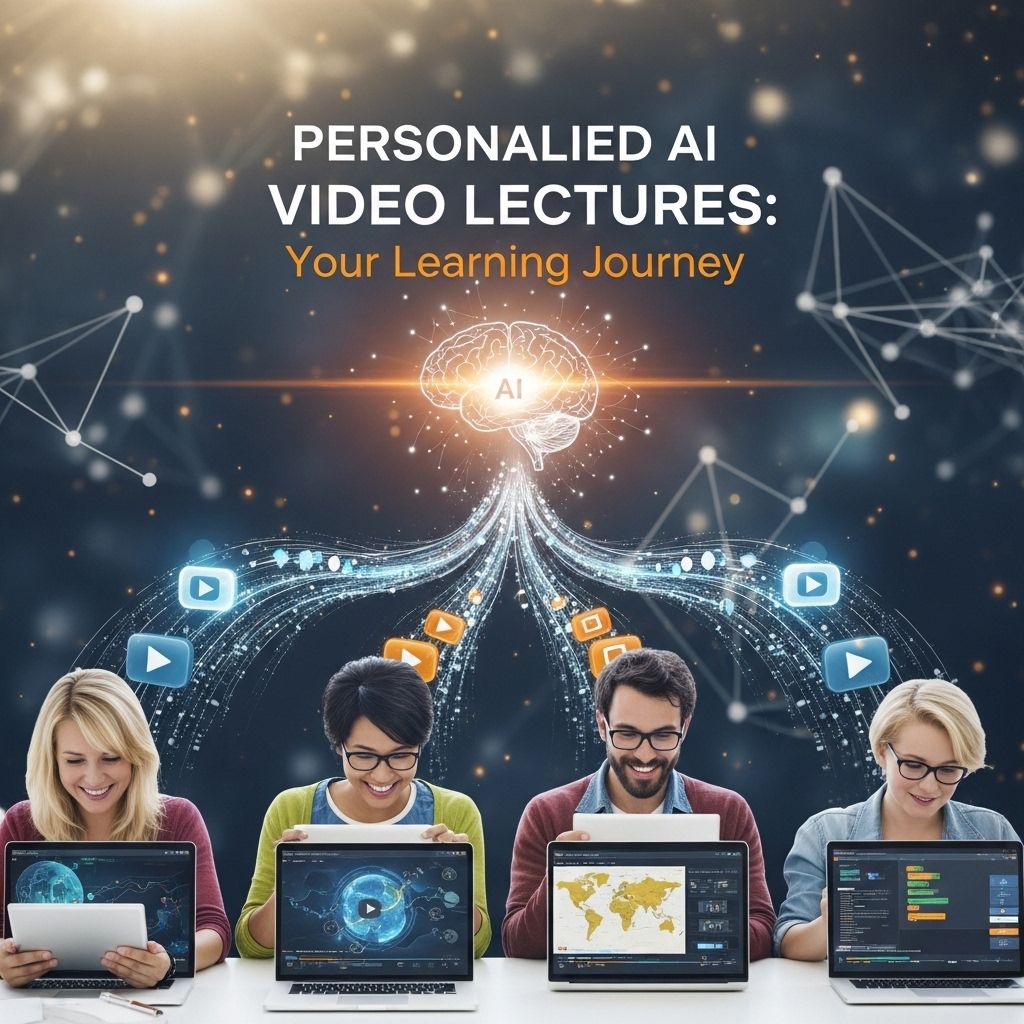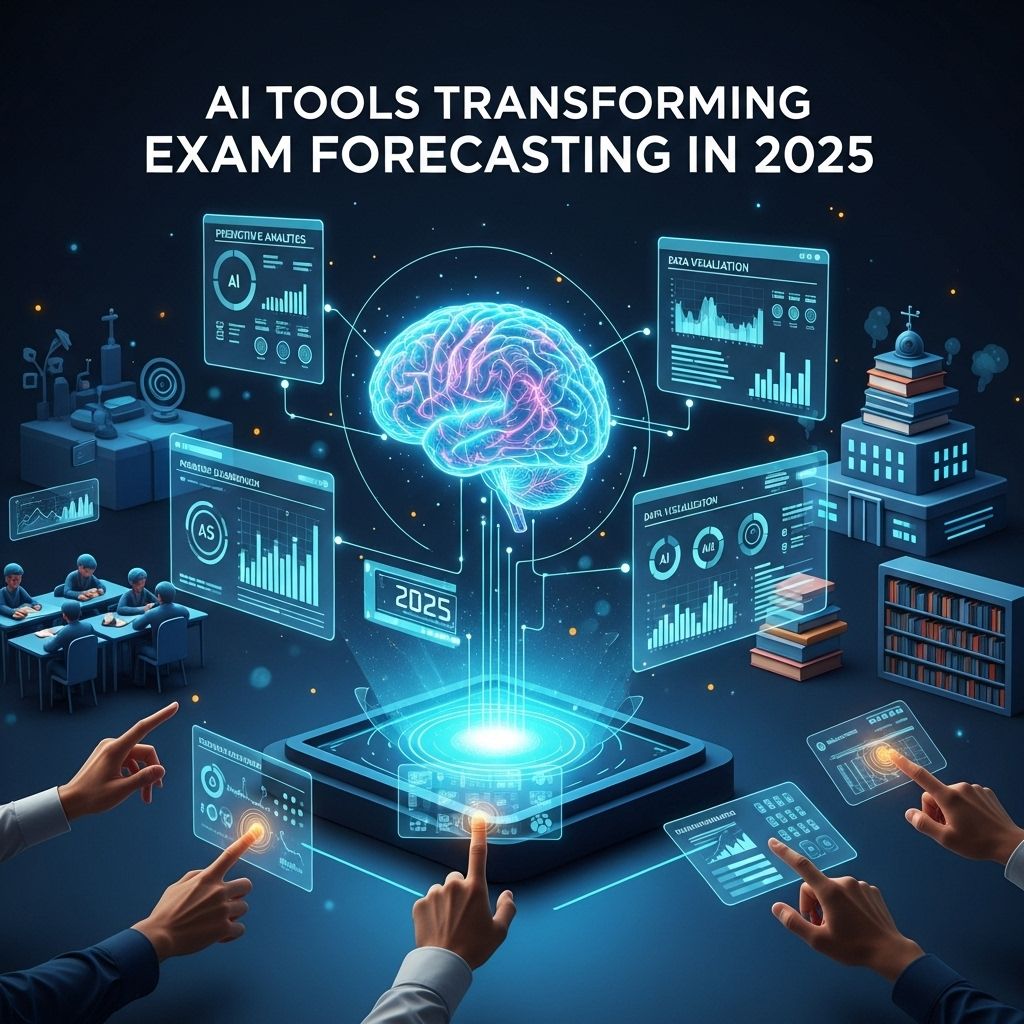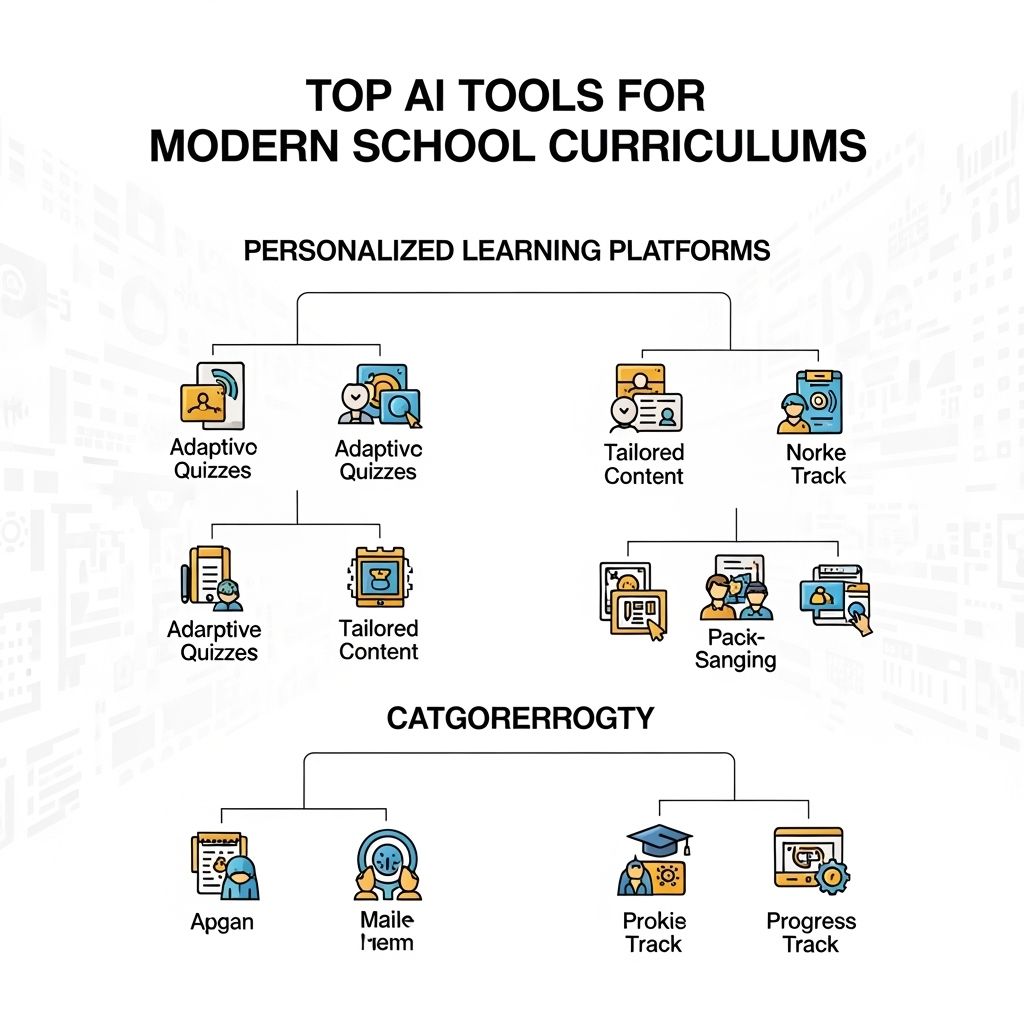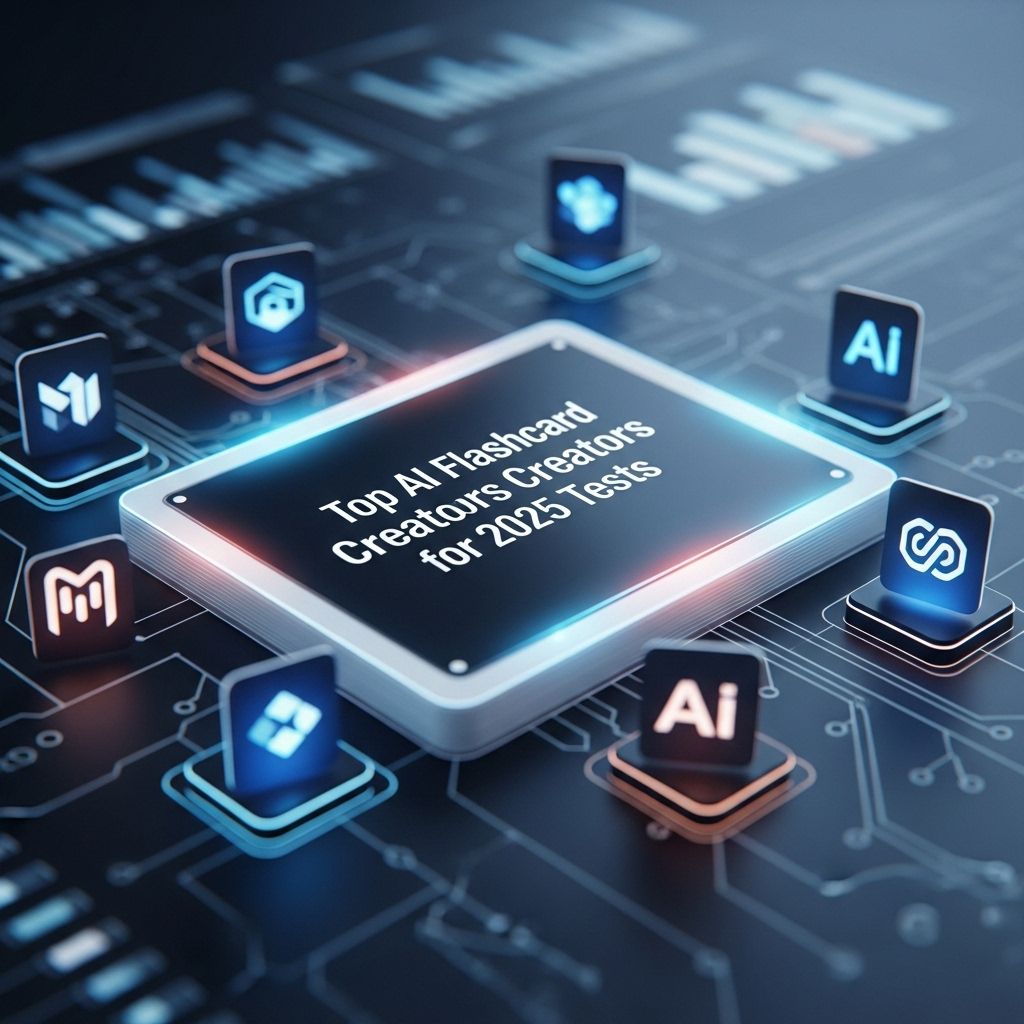Enhancing Learning with AI Teacher Assistants
Discover how AI teacher assistants are transforming education and enhancing the learning experience for students and educators alike.

In the rapidly evolving landscape of education, artificial intelligence (AI) is emerging as a transformative force. The integration of AI into classrooms is not just a trend but a fundamental shift that enhances learning experiences for students and streamlines the workload for educators. AI teachers’ assistants are at the forefront of this revolution, providing personalized support and innovative tools that cater to diverse learning needs. This article delves into the various ways AI teachers’ assistants are reshaping education, their benefits, challenges, and future prospects.
Table of Contents
Understanding AI Teachers’ Assistants
AI teachers’ assistants are software programs designed to assist educators in managing classroom tasks, enhancing student engagement, and providing personalized learning experiences. They use algorithms and machine learning to analyze data and adapt to individual student needs. With capabilities ranging from grading assignments to providing real-time feedback, these intelligent systems are becoming indispensable in modern education.
Key Features of AI Teachers’ Assistants
- Personalized Learning: AI systems analyze student performance and offer customized resources.
- Real-time Feedback: Immediate assessments help students understand their strengths and weaknesses.
- Administrative Support: Automating routine tasks such as grading saves educators time.
- Engagement Tools: Interactive learning modules keep students motivated and focused.
Benefits of Integrating AI in Education
The integration of AI into educational settings brings numerous advantages that enhance both teaching and learning experiences. Here are some of the primary benefits:
1. Improved Efficiency for Educators
AI teachers’ assistants can handle repetitive tasks such as grading quizzes and assignments, allowing educators to focus more on teaching and less on administrative duties. This efficiency helps reduce teacher burnout and improves job satisfaction.
2. Enhanced Student Engagement
With personalized learning experiences, students are more likely to engage with the material. AI can recommend resources tailored to individual interests and learning styles, fostering a more interactive and stimulating environment.
3. Data-Driven Insights
AI systems collect and analyze vast amounts of data, providing educators with valuable insights into student performance trends. This data can inform instructional strategies and identify areas where students may need additional support.
4. Scalability
AI solutions can be easily scaled across various educational settings, from small classrooms to large universities. This adaptability ensures that all students have access to the same high-quality resources.
Challenges in Implementing AI Teachers’ Assistants
While the benefits of AI in education are substantial, there are also challenges that educators and institutions face when integrating these technologies:
1. Data Privacy and Security
As AI systems rely on vast amounts of student data, ensuring privacy and security is a significant concern. Institutions must implement robust data protection measures to safeguard sensitive information.
2. Resistance to Change
Some educators may be hesitant to adopt AI technologies due to fear of job displacement or discomfort with new technologies. Training and support are essential to ease these transitions.
3. Quality of AI Tools
The effectiveness of AI teachers’ assistants varies widely based on the technology used. It is crucial for educational institutions to choose high-quality, reputable AI solutions that truly enhance learning.
Case Studies of AI Implementation in Education
Several educational institutions have successfully integrated AI teachers’ assistants into their curricula. Here are a few notable case studies:
| Institution | AI Tool Used | Outcome |
|---|---|---|
| University of Southern California | Intelligent Tutoring System | Increased student pass rates by 30% in introductory courses. |
| Georgia State University | Predictive Analytics | Identified at-risk students, improving retention rates by 20%. |
| Carnegie Learning | Blended Learning with AI | Boosted student engagement and standardized test scores significantly. |
The Future of AI in Education
Looking ahead, the role of AI teachers’ assistants in education is expected to grow exponentially. Innovations in technology will lead to even more sophisticated tools that can:
1. Foster Collaborative Learning
AI can facilitate collaborative projects where students work together while receiving guidance and feedback tailored to their group dynamics.
2. Enhance Accessibility
AI tools can provide support for students with disabilities, offering customized resources that cater to their specific needs and learning styles.
3. Encourage Lifelong Learning
As AI systems become more integrated into professional development, they will help individuals continually update their skill sets throughout their careers.
Conclusion
The integration of AI teachers’ assistants into the educational landscape presents exciting opportunities for enhancing learning experiences and improving educational outcomes. While there are challenges to overcome, the potential benefits far outweigh the drawbacks. As technology continues to evolve, educators and institutions must remain proactive in embracing AI solutions to create a more dynamic, equitable, and effective learning environment for all students.
FAQ
What are AI teachers’ assistants?
AI teachers’ assistants are intelligent software tools designed to support educators in the classroom by automating administrative tasks, providing personalized learning experiences, and offering real-time feedback.
How can AI teachers’ assistants enhance student learning?
AI teachers’ assistants can enhance student learning by providing customized resources, tracking progress, and identifying areas where students may need additional support, thereby allowing teachers to focus on individualized instruction.
What benefits do educators gain from using AI teachers’ assistants?
Educators benefit from AI teachers’ assistants through reduced workload, improved efficiency in lesson planning, and access to data-driven insights that inform teaching strategies and enhance student engagement.
Are AI teachers’ assistants suitable for all educational levels?
Yes, AI teachers’ assistants can be tailored to suit various educational levels, from elementary schools to higher education institutions, adapting to different curricular needs and teaching styles.
What technologies power AI teachers’ assistants?
AI teachers’ assistants are powered by machine learning algorithms, natural language processing, and data analytics, enabling them to understand and respond to both student and teacher queries effectively.
How can schools implement AI teachers’ assistants?
Schools can implement AI teachers’ assistants by integrating them into existing educational platforms, providing training for educators, and ensuring that they align with the institution’s learning objectives and technology infrastructure.








